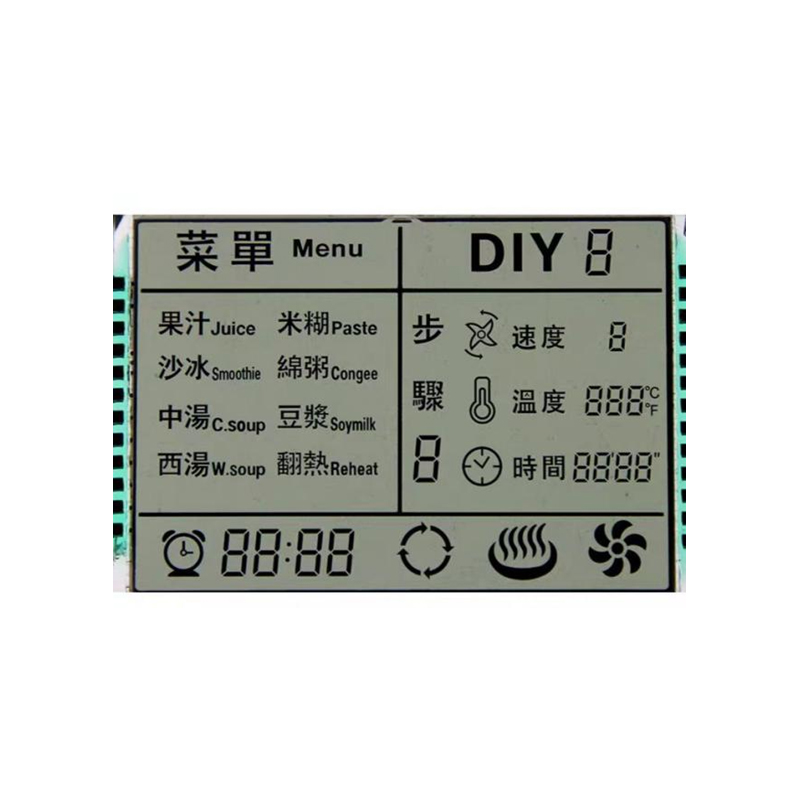
This guide explores the best ways to connect and utilize a 1602 LCD screen with your Raspberry Pi. We cover various connection methods, troubleshooting common issues, and providing example code to get you up and running quickly. Learn how to display text, customize your display, and integrate it into your projects.
A 1602 LCD (Liquid Crystal Display) is a common, inexpensive display module. It features a 16-character by 2-line display, making it perfect for displaying simple text messages, sensor readings, or other small amounts of data. It's incredibly popular among hobbyists and makers due to its ease of use and low cost.
The Raspberry Pi, a versatile single-board computer, benefits greatly from the addition of a 1602 LCD. It allows you to visualize data processed by the Raspberry Pi, providing immediate feedback and making your projects more interactive. This is particularly useful for projects that don't require a full graphical display. For example, displaying temperature readings from a sensor, showing the current time, or providing simple status updates.
Besides the 1602 LCD and your Raspberry Pi, you will need an I2C adapter board. This is because the 1602 LCD typically uses I2C communication, which is a simplified communication protocol. Many I2C adapter boards are available, designed specifically for easy connection to the Raspberry Pi's GPIO pins. You’ll also need jumper wires to connect the components.
A detailed wiring diagram is crucial for a successful connection. Consult the documentation for your specific I2C adapter board. Generally, the connections involve connecting the VCC (power), GND (ground), SDA (data), and SCL (clock) pins of the 1602 LCD to the corresponding pins on your Raspberry Pi via the I2C adapter.
Before you can begin using your 1602 LCD, you need to install the necessary libraries on your Raspberry Pi. This usually involves using the `pip` package manager. The specific library will depend on your I2C adapter and setup. Common libraries include `RPi.bme280` and others depending on your chosen method.
Here's a simple Python script to display Hello, World! on your 1602 LCD:
#Import necessary libraries (adapt based on your I2C library)import RPi.GPIO as GPIOimport time# ... other import statements ...# Initialize LCD (specific setup will depend on your chosen library)# ... initialization code ...try: lcd.message(Hello, World!) time.sleep(5) lcd.clear()except KeyboardInterrupt: lcd.clear() GPIO.cleanup()Remember to adapt this code based on the library you've chosen. Detailed instructions and examples are usually provided in the library's documentation.
If your 1602 LCD isn't displaying anything, double-check the wiring. Ensure that the power and ground connections are correct, and that the I2C communication pins are correctly connected. Also, make sure the I2C interface is enabled on your Raspberry Pi.
If you're seeing garbled characters, there might be a problem with the I2C communication, or the I2C address might not be correctly configured. Consult the documentation for your I2C adapter for assistance.
While most 1602 LCDs are similar, there can be slight variations in features like backlight color (blue, green, white, etc.), contrast adjustment, and even the I2C addresses. Check specifications carefully before purchasing to ensure compatibility with your Raspberry Pi and project needs.
For high-quality LCD displays and related components, consider exploring Dalian Eastern Display Co., Ltd. They offer a wide range of options for various applications.
| Feature | Option 1 | Option 2 |
|---|---|---|
| Backlight Color | Blue | White |
| Contrast Adjustment | Potentiometer | Digital |
This guide should provide a solid foundation for using a 1602 LCD with your Raspberry Pi. Remember to always consult the specific documentation for your hardware and software components for detailed instructions and troubleshooting.
Sources:
Raspberry Pi Foundation: https://www.raspberrypi.org/
(Add other relevant sources here as needed)












